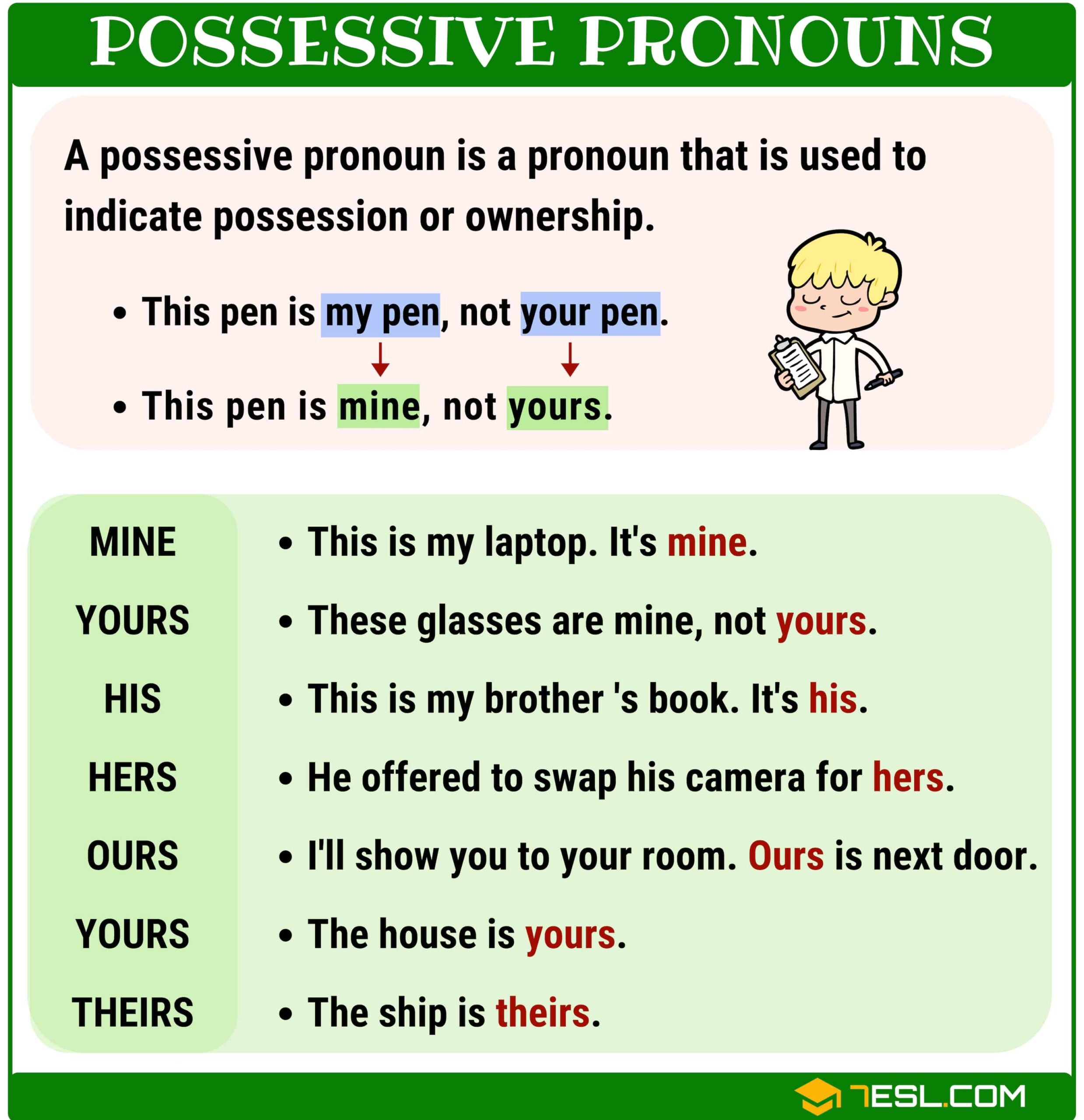Possessive nouns show ownership or possession of something. They are used to indicate that something belongs to someone or something else. Possessive nouns are formed by adding an apostrophe and an “s” to the end of a noun.
Here are five examples of possessive nouns:
Examples:
1. The dog’s bone was buried in the backyard. (The bone belongs to the dog)
2. Sarah’s car is parked in the driveway. (The car belongs to Sarah)
3. The teacher’s desk is cluttered with papers. (The desk belongs to the teacher)
4. The cat’s whiskers twitched as it watched the bird. (The whiskers belong to the cat)
5. The book’s cover was torn and tattered. (The cover belongs to the book)
Possessive nouns are important in writing and speaking because they help clarify who or what owns or possesses something. They can also add detail and specificity to a sentence, making it more interesting and informative.
It’s important to remember that possessive nouns are used to show ownership, and they always come before the object that is being owned. For example, in the sentence “The dog’s bone,” the possessive noun “dog’s” comes before the object “bone” to indicate that the bone belongs to the dog.
In conclusion, possessive nouns are a vital part of the English language and are used to indicate ownership or possession. By adding an apostrophe and an “s” to the end of a noun, you can create a possessive noun that clearly shows who or what owns something. Practice using possessive nouns in your writing to add depth and clarity to your sentences.
